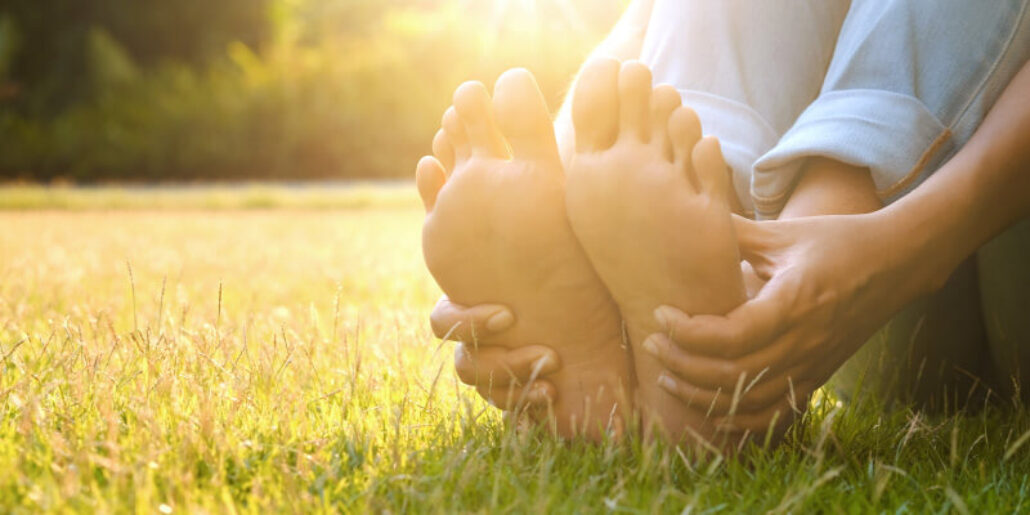Summit Orthopedics foot and ankle surgeon Samuel Russ, M.D., gives his insight into how feet can lose foot padding over time and what we can do about it.
Our feet work hard for us as we go about our daily activities. With every step, our heels absorb three times our body weight and transfer some of that pressure to the balls of our feet as we prepare to take the next step. To deal with this repeated pressure, our feet have thick pads of fat under the skin of our heels and our metatarsals (the medical term for the ball of the foot). But what happens if those fat pads thin out? Do our feet lose padding as we get older?
The short answer, according to Summit Orthopedics foot and ankle surgeon Samuel Russ, M.D., is yes. “People can lose padding in the heel fat pad, which is important for absorbing the heel strike as you walk,” Dr. Russ said. “They can also lose padding underneath the metatarsals. That’s important for when you toe off at the end of each step.”
Why we lose foot padding
There are a few reasons that our feet might lose padding over time. “Some of it is age-related atrophy,” Dr. Russ said. If an individual has had many injections in the heel to treat plantar fasciitis, that could lead to a loss of padding as well.
Another potential cause is chronic overloading in the ball of the foot. This can happen for a variety of reasons, everything from wearing high-heeled shoes every day to being overweight. “People who chronically overload the ball of their foot can get hammertoes,” Dr. Russ said. “That condition can draw the fat pad toward the toes, leaving less padding in the area that takes the weight.”
Signs of loss of fat padding in the heel or ball of the foot include pain in the affected area, development of thick calluses on the heel or ball of the foot, and feeling the bones within your feet more easily.
Ideas to treat loss of foot padding
Heel fat pad atrophy can be a tough problem to treat. Treatment options include shoe inserts, heel cups, or gel pads to add some cushion in the shoe.
Another effective treatment is stretching the calf. “Most people have tight calf muscles,” Dr. Russ said. “This can alter your heel strike so you strike your heel in the place where you have the least padding. Stretching the calf back out can be helpful in restoring comfort.”
If these nonsurgical options are not effective and the pain is severe, a foot and ankle surgeon may be able to perform surgery to lengthen the heel cord and help address the issue.
For fat pad loss in the ball of the foot, treatment options include an orthotic device to offload that area as well as calf stretching. “If the heel lifts off before it should because the calf is tight, that puts more load on the ball of the foot,” Dr. Russ said.
If there is an overarching foot deformity causing the fat pad to move out of place, correcting the problem surgically is also an option.
More resources for you:
- Meet Dr. Russ in this introductory video.

